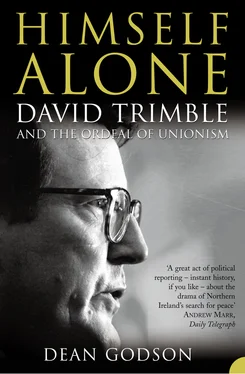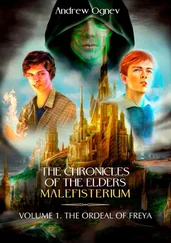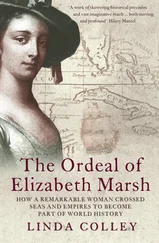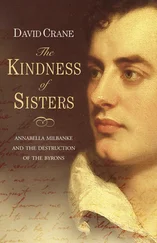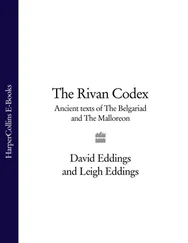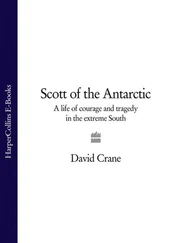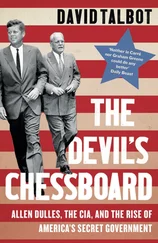The selection meeting was held in front of 250 delegates at Brownlow House on 19 April 1990. The atmosphere, recalls Gary Kennedy, was very tense. The candidates went on in alphabetical order: several of them, including Trimble, wound up their pitch with the stock Protestant quotation from Martin Luther, ‘here I stand, I can do no other’. 13 But Trimble’s speech was much more than the usual ‘you know what I’ve done, now choose me’ routine of some of the local eminences. He made much of the fact that the Upper Bann by-election would be the first seat contested by the newly formed Northern Ireland Conservatives. The race would thus receive national media attention and Unionists would need a capable media spokesman to articulate why they rejected the governing party. ‘We wanted somebody to elucidate our feelings in a reasoned way,’ remembers Gary Kennedy. ‘We couldn’t any longer afford guys thinking “I wish I had said that” halfway home in the plane. We needed someone who could think on their feet – and we didn’t have a Unionist MP who was a lawyer. We all believed that things were going to be all right because of the perception that Molyneaux was having cups of tea with members of the Royal family.’ 14 After the first round of voting, Gardiner had 91 votes; Trimble 68; Savage 37; Hatch, 18; Allen 13; McCammick 12; Ward 11; and Walker 5. Trimble then knew he was in with an excellent chance, because he felt that Gardiner had hit a ceiling and that whilst his Lurgan-based support was ‘deep’, it was not very ‘wide’. Ironically, for someone who excites such passions, Trimble was everyone’s second choice. In the second round, Gardiner was ahead but his vote had increased to just 93, whereas Trimble’s had risen to 89. Allen, Hatch and Savage went down to 6, 8 and 33 votes respectively, with McCammick still on 12. In the third and final ballot, the other candidates pulled out: George Savage was seen walking down the rows of his supporters, telling them to swing behind Trimble. He now reckons that only three of his initial 37 did not switch to Trimble. The final result was 136–114 in favour of Trimble. His lack of a local track record, far from proving to be a hindrance, turned out to be one of his greatest assets. 15
Although Upper Bann was a solidly Ulster Unionist seat, Trimble was every bit as nervous as any other first-time candidate entering into a strange area. This hybrid seat, which straddled the northern portions of Co. Armagh and western Down, was organised around 20 fiercely independent branches: it comprised the town of Portadown, known as the ‘hub of the north’, which had a 70–30% Protestant – Catholic population, and which included some of the staunchest loyalists anywhere. It cherishes the memory of the first leader of organised Ulster Unionism, Col. Edward Saunderson (the MP for North Armagh at Westminster), who observed of the second Home Rule Bill in 1893, that ‘Home Rule may pass this House but it will never pass the bridge at Portadown’; his presence endures to this day in the form of a statue outside St Mark’s Church in Market Street. 16 Beside the local bridge, in the Pleasure Garden is a plaque to the memory of the local Protestants drowned in the River Bann by their Catholic neighbours, during the 1641 uprising. 17 Even today, the ardour of local loyalism can in part be ascribed to the fact that many of the residents are descendants of refugees from the border counties of the Republic and the more southerly parts of Co. Armagh – which are increasingly ‘no-go’ areas for Protestants. In this climate of increasing residential segregation, the non-sectarian, trade-union based traditions of the old Northern Ireland Labour party (which used to be quite strong amongst the light industrial workers of Portadown) had inevitably waned. Lurgan, just five miles away from Portadown, was perhaps the most evenly and bitterly divided town in Ulster, with a 50–50 sectarian split. Banbridge in Co. Down was two-thirds Protestant at the time of Trimble’s selection and tended to think of itself as a cut above the Co. Armagh portions of the seat.
Like McCusker – who was known to leap over fences – Trimble set a ferocious pace on the hustings; indeed, the first remark which many people made was how much he physically resembled his predecessor (a few were upset that he did not opt to live in the constituency, because he ‘did not want to live over the shop’ and this still rankles with some). Then, because no one knew him, he could canvass an estate in a mere 20 minutes, but now he can scarcely do one house in 20 minutes. Partly, also, it owed much to his natural shyness which he has taken years to overcome, for he would come across on the doorstep and sway back and forth on his feet. He soon enough learned some of the politician’s techniques, though: on one occasion, a voter asked him, ‘Are you washed in the Blood of the Lamb?’ Trimble replied, ‘I’m actually here on behalf of the UUP’. More insistently, the elector said, ‘No, but are you washed in the Blood of the Lamb?’ Trimble thought for a second and finally assented to the proposition. 18 To further integrate into the community, Trimble joined the Royal Black Preceptory. After he signed the Belfast Agreement, many members of his lodge would be supporters of the ‘No’ campaign. But in those days, there was only good fellowship between brother loyalists. ‘I really loved the place then,’ remembers Trimble. ’There was a keen interest in politics which never existed in Lisburn or Bangor.’ 19
Nationally, the main interest in the campaign lay in the fact that it was the first time that the Conservatives were running in Northern Ireland. This was not evidence of serious integrationist intent by the Conservative Government: rather, they had been dragooned into setting up associations by a grassroots revolt by English and Scottish Tories at the 1989 party conference. Kenneth Baker, the party chairman, came to canvass on behalf of the Conservative candidate, Colette Jones (a Moira house-wife) along with the Environment Secretary Chris Patten (then a staunch advocate of the NI Conservatives’ cause); and Ian Gow, who was to be murdered that summer by the IRA, boomed the Tory message on the loud-hailers. The SDP also launched one of its last, quixotic electoral forays, and Dr David Owen turned up to lend his support to the candidate, Alistair Dunn. Meanwhile, Paddy Ashdown came to Portadown to back the candidate of the Liberal Democrats’ sister organisation, the Alliance party. The other candidates included Rev. Hugh Ross of the Ulster Independence Party; Gary McMichael, son of the late John McMichael (also murdered by the IRA: Trimble heard the car bomb go off in Lisburn), representing the Ulster Democratic Party, the political wing of the UDA; Brid Rodgers, a very experienced SDLP local councillor; Sheena Campbell of Sinn Fein, who was subsequently murdered by the UVF; Tom French of the Workers’ Party (formerly the political wing of the Official IRA); Peter Doran of the Greens; and Erskine Holmes of the Campaign for the Right to Vote Labour. 20 Trimble loved the attention, relishing particularly his first encounter with the mainland press in the person of Donald Macintyre, who visited Lurgan for the Sunday Correspondent. Trimble’s message was unremitting: he sought resounding defeat for the nationalists and an exemplary humiliation for the Tories who had signed the AIA of 1985. The voters in the 18 May 1990 by-election clearly agreed: on a 53.66% poll, Trimble romped home with 20,547, compared to the second-placed Brid Rodgers of the SDLP on 6698. The sectarian head-count in the seat made such a result inevitable, but the real story was that despite bringing in the heavy guns, the Tories lost their £500 deposit and secured only 1038 votes, or a mere 3% of the poll; they were beaten into sixth place by Sinn Fein with 2033, the Ulster Independence Party with 1534 and the Workers’ Party with 1083. 21
Читать дальше
